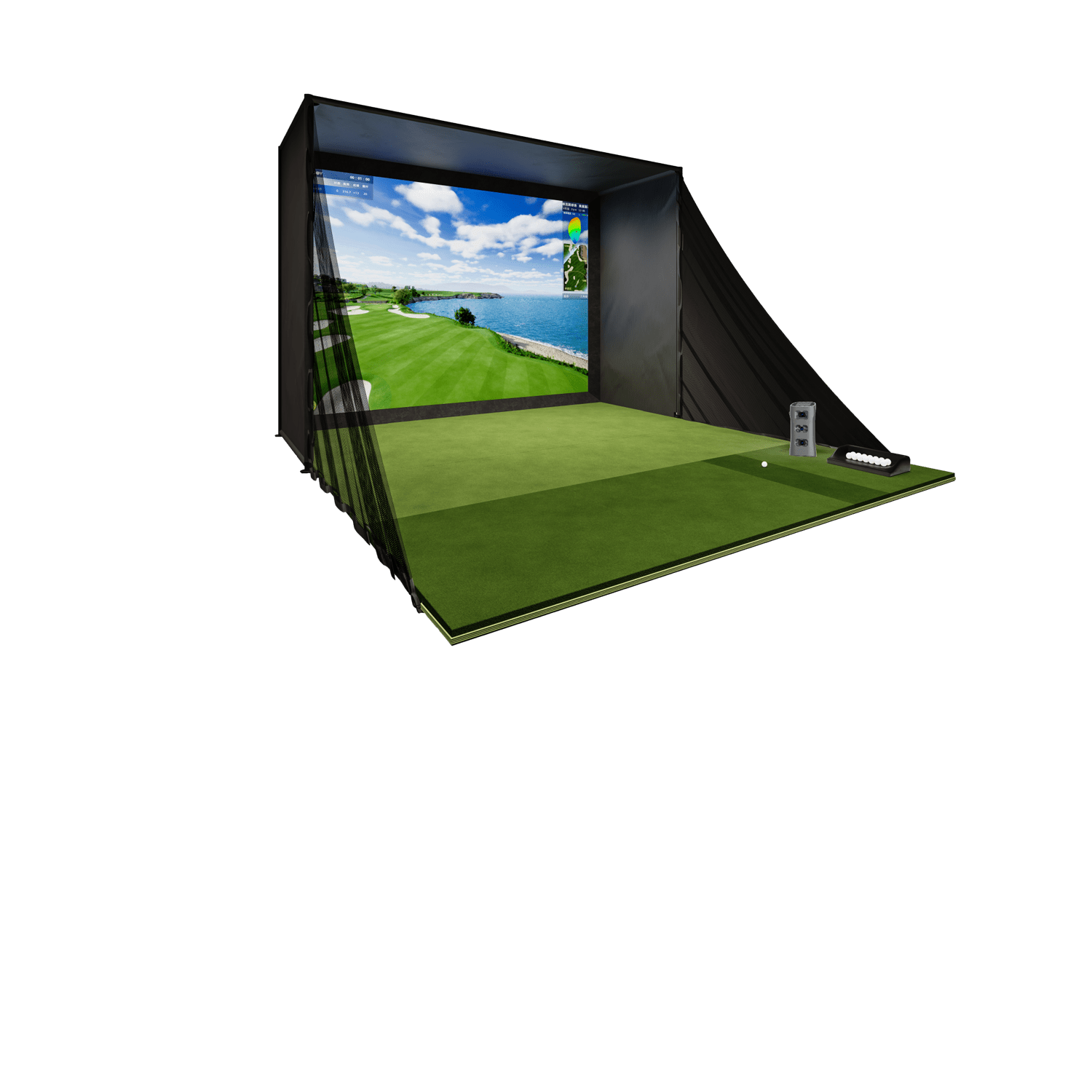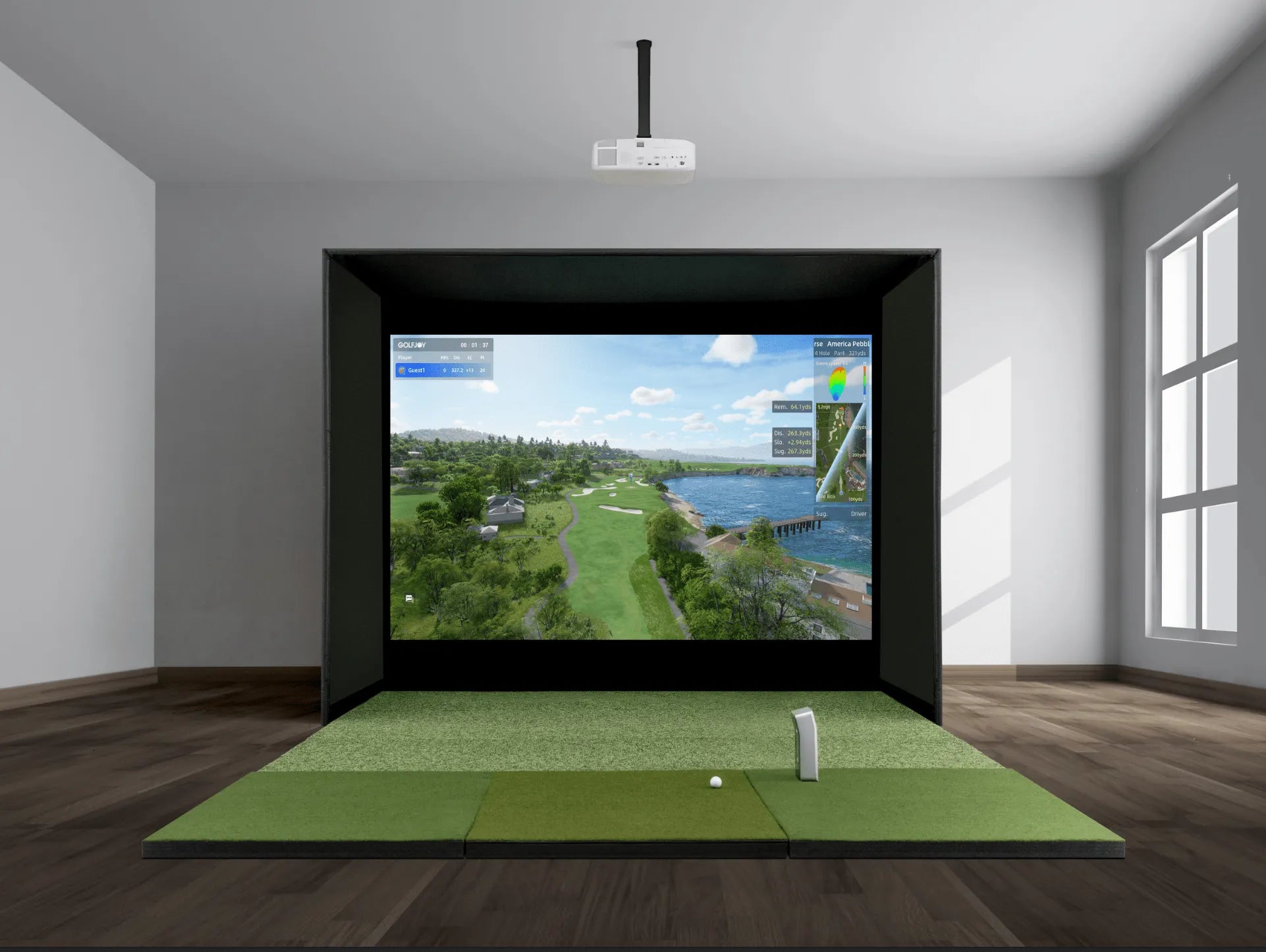Golf has evolved significantly over the years, and technology continues to play a vital role in enhancing player performance and experience. One of the standout innovations in this realm is the GOLFJOY golf launch monitor, designed to provide players with critical data to refine their skills and strategies. In this blog post, we'll delve into the various metrics that the GOLFJOY golf launch monitor can measure, highlighting how these data points are essential for golfers seeking improvement.
Key Metrics Measured by GOLFJOY's Golf Launch Monitor
1. Club Speed
This metric measures how fast the clubhead is moving at impact. Higher club speeds often correlate with greater distance, making it a key factor for any golfer aiming to improve their game.
2. Ball Speed
Ball speed indicates how fast the ball is traveling after being struck by the club. It is crucial for understanding the efficiency of your swing and the potential distance the ball can travel.
3. APEX
The APEX refers to the highest point the ball reaches during its flight. Understanding this can help players optimize their launch angles and overall trajectory.
4. Landing Angle
This metric reveals the angle at which the ball lands. A steeper landing angle can help in achieving better control and stopping power on the green.
5. Smash Factor
The smash factor is the ratio of ball speed to club speed. It measures how effectively energy is transferred from the club to the ball, indicating overall swing efficiency.
6. Launch Angle
The launch angle shows the initial angle at which the ball leaves the clubface. This is critical for maximizing distance and controlling shot dispersion.
7. Total Distance
Total distance encompasses the combined length of carry and roll. This metric helps players gauge their overall performance on each shot.
8. Hang Time
Hang time measures how long the ball stays in the air. This is important for understanding the ball's flight characteristics and potential landing area.
9. Attack Angle
The attack angle indicates the angle at which the clubhead approaches the ball. A positive attack angle can contribute to increased distance and better launch conditions.
10. Back Spin
Back spin measures the spin imparted on the ball, influencing its trajectory and stopping power on the greens.
11. Deviation
Deviation refers to the accuracy of the shot, showing how far the ball strays from its intended target line.
12. Roll Distance
This measures how far the ball rolls after landing, which is crucial for understanding total distance and shot placement.
13. Club Path
Club path indicates the direction the clubhead is moving during the swing, providing insights into swing mechanics.
14. Side Spin
Side spin affects the ball's curvature in flight, impacting shot shape and accuracy.
15. Center Line
This metric helps assess the alignment of the ball's trajectory relative to the target line.
16. Curve
Curve measures how much the ball deviates from its intended path due to spin, essential for shot shaping.
17. Face Angle
Face angle indicates the orientation of the clubface at impact, influencing the initial direction of the ball.
18. Spin Rate
Spin rate measures how quickly the ball is spinning, affecting its flight characteristics and stopping ability on the green.
19. Gap
This metric measures the distance between shots, helping players understand their consistency and distance control.
20. Side Carry
Side carry indicates how far the ball travels sideways during its flight, essential for assessing shot accuracy.
21. Face To Path
This ratio helps understand the relationship between the clubface angle and the swing path, providing insights into shot direction.
22. Spin Axis
Spin axis measures the tilt of the ball's spin, affecting its flight stability and trajectory.
23. Target Line Carry
This indicates how far the ball travels along the target line, crucial for accurate shot placement.
24. Curve Carry
Curve carry measures the distance the ball travels while curving, essential for executing curved shots.
25. Launch Direction
This metric shows the initial direction of the ball after impact, providing insights into shot accuracy.
26. Carry% and Roll%
These metrics provide insights into the proportion of distance covered by carry versus roll, aiding in distance control.
27. Deviation Angle
Deviation angle measures how far the ball veers from the intended target, helping assess shot accuracy.
28. Carry Distance
This is the total distance the ball travels before touching the ground, an essential metric for assessing overall performance.
Conclusion
The GOLFJOY golf launch monitor provides golfers with a comprehensive array of metrics that are crucial for understanding and improving their game. By analyzing data such as club speed, ball speed, launch angles, and spin rates, players can make informed decisions about their training and strategy. Embracing this technology not only enhances performance but also enriches the overall golfing experience. Whether you're a beginner or an experienced player, leveraging these insights can lead to significant improvements on the course.











Leave a comment
All comments are moderated before being published.
This site is protected by hCaptcha and the hCaptcha Privacy Policy and Terms of Service apply.